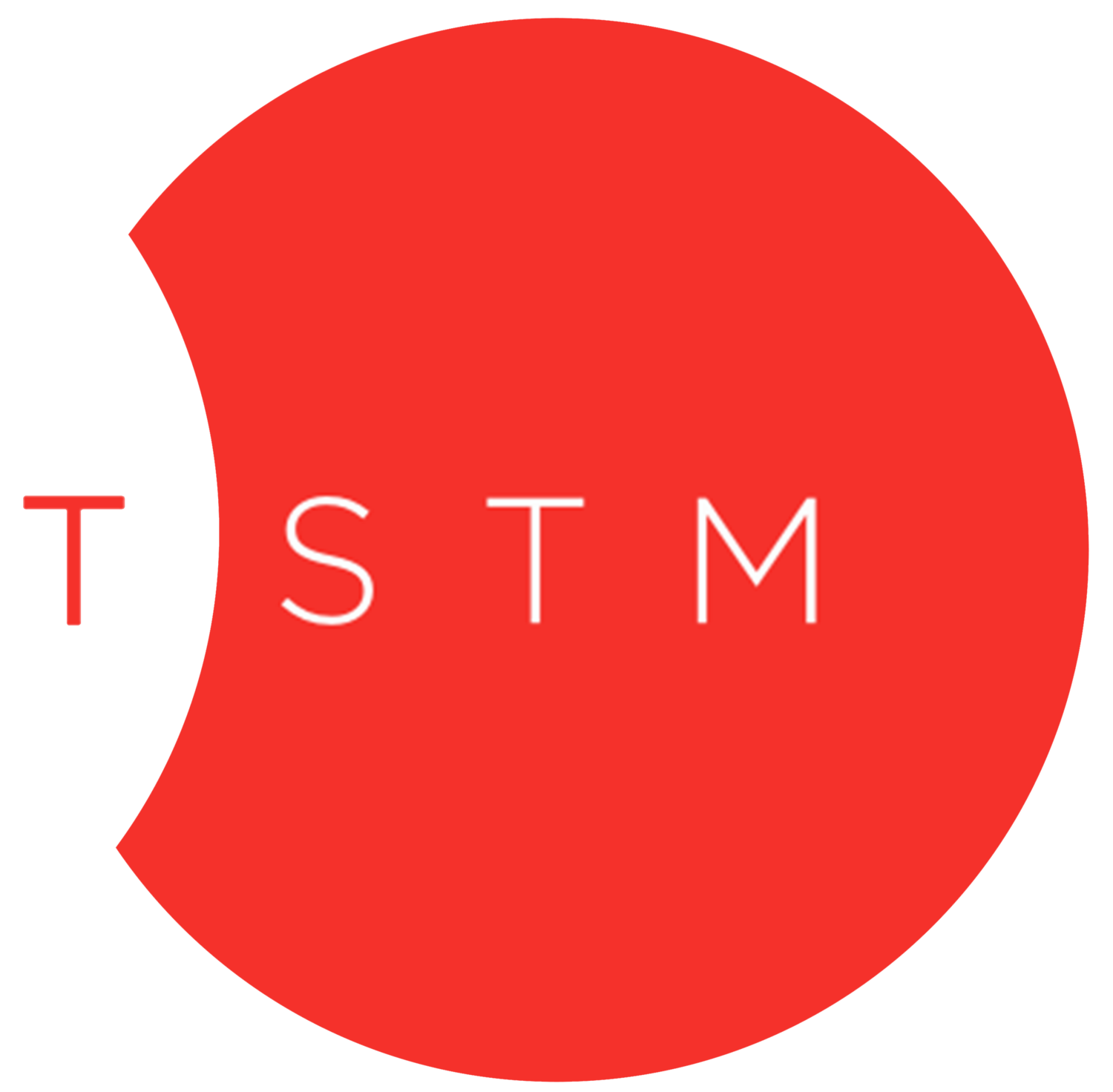In the quest for weight loss, many of us have fallen into the calorie-counting and macro-tracking trap.
We diligently monitor our food intake, restrict calories, and meticulously calculate our macronutrient ratios, all in the pursuit of shedding those stubborn pounds.
And yes, while these approaches often result in weight loss on the scale, the quality of that weight loss is rarely considered.
It's time for a paradigm shift because not all weight loss is healthy.










